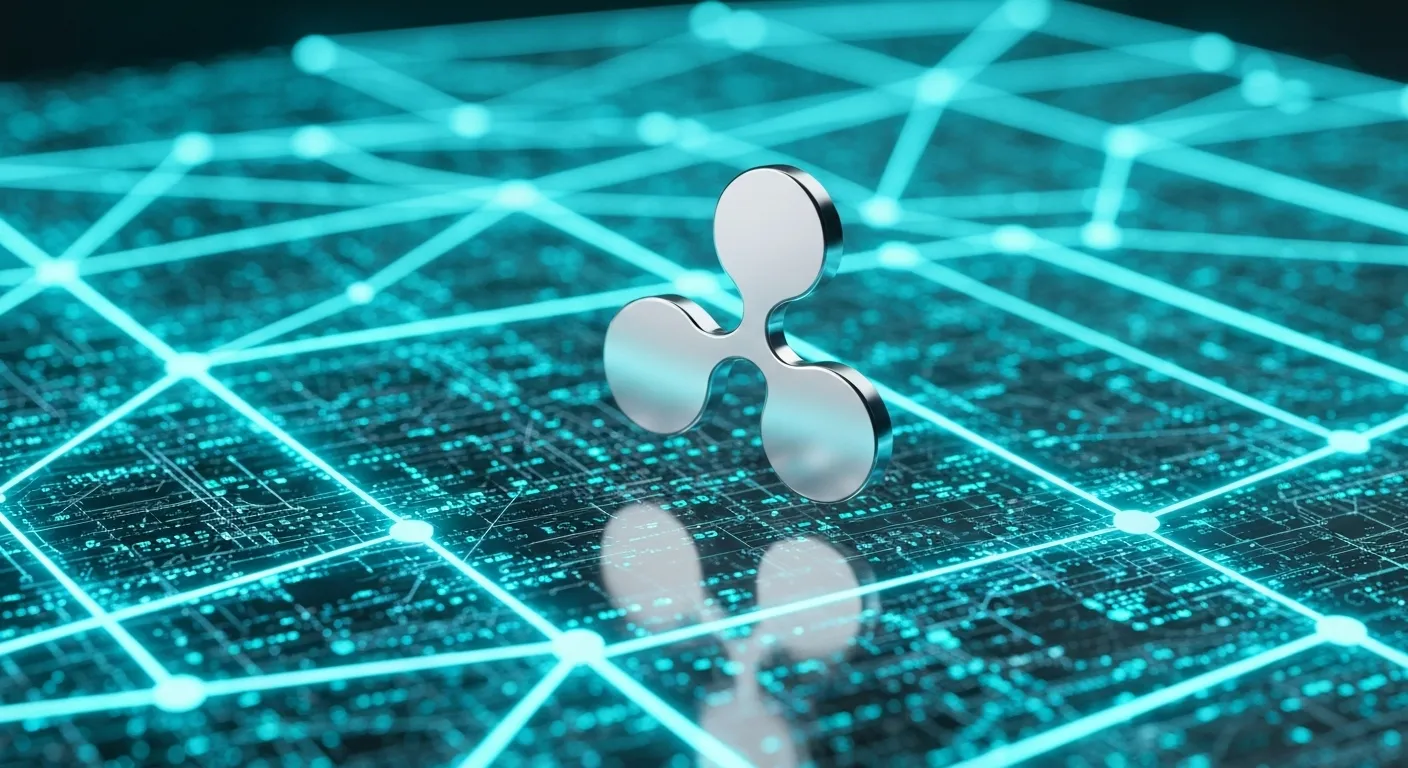We are quietly building a world where tens of trillions of devices are all connected to the internet. Not just our phones and computers, but our cars, our traffic lights, our appliances, even the shipping containers on the ocean. We're building a planet-scale digital organism. But we've forgotten to build its economic bloodstream.
How does a self-driving car autonomously pay for a charging spot for three minutes? How does a smart electrical grid allow a solar panel to sell a fraction of a watt of excess energy to a neighbor's air conditioner? The traditional payment system, with its dollar-plus fees and multi-day settlement, is laughably inadequate for this future. You can't run a cellular-level economy on a system built for large, slow-moving organs. You need a nervous system. You need a protocol designed for trillions of tiny, instantaneous transactions. This is the specific, futuristic problem the XRP Ledger was engineered to solve.
This isn't just theory. Think of a smart parking meter. Using the XRP Ledger, the meter itself can have a wallet. When a car pulls up, the two machines negotiate and transact directly, paying by the second. There are no credit card swipes, no intermediaries. It's a seamless, machine-to-machine interaction. Extend that to a fleet of autonomous delivery drones that pay for landing rights, or a smart factory where machines pay each other for parts and maintenance. The XRP Ledger, with its ability to settle a payment in three seconds for a thousandth of a cent, provides the real-time, low-friction rails this machine economy requires.
So, how do you see this future arriving? You look for the first sparks of this new economy. You follow the proofs-of-concept from major industrial companies. You watch for partnerships between Ripple and manufacturers of smart devices or logistics firms. The data on the ledger today might not reflect this yet, but the crucial signals are in the developer documents and the pilot programs being built by Fortune 500 companies exploring this exact use case.
For decades, science fiction has imagined a world of intelligent, interacting machines. But it often overlooked the most critical piece: how would they pay each other? The integration of a high-speed, low-cost settlement layer like the XRP Ledger with the burgeoning Internet of Things is the answer. It's the blueprint for a true machine-to-machine economy. We are building the economic nervous system for a connected world, and it will unlock a level of automation and efficiency we can barely begin to comprehend.

